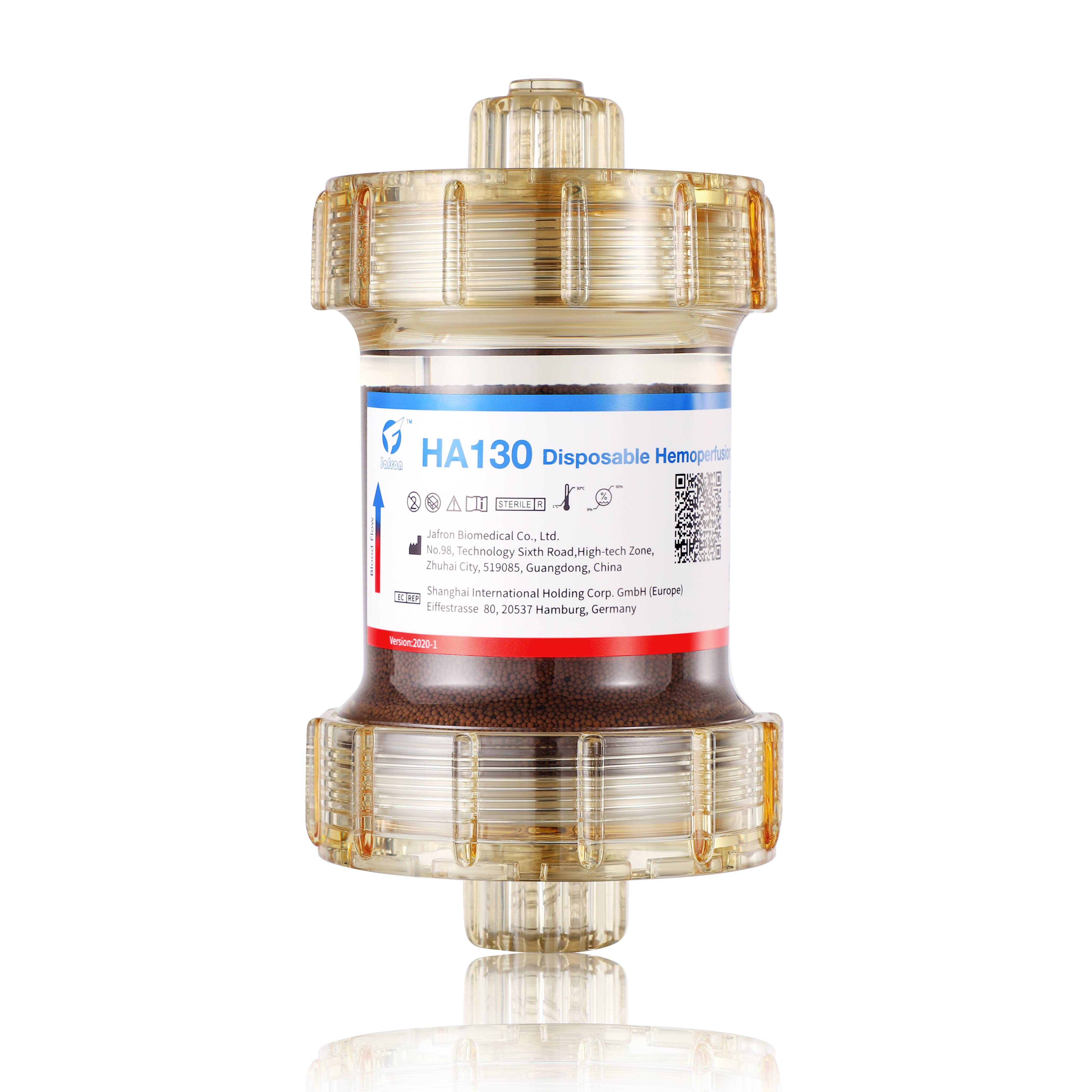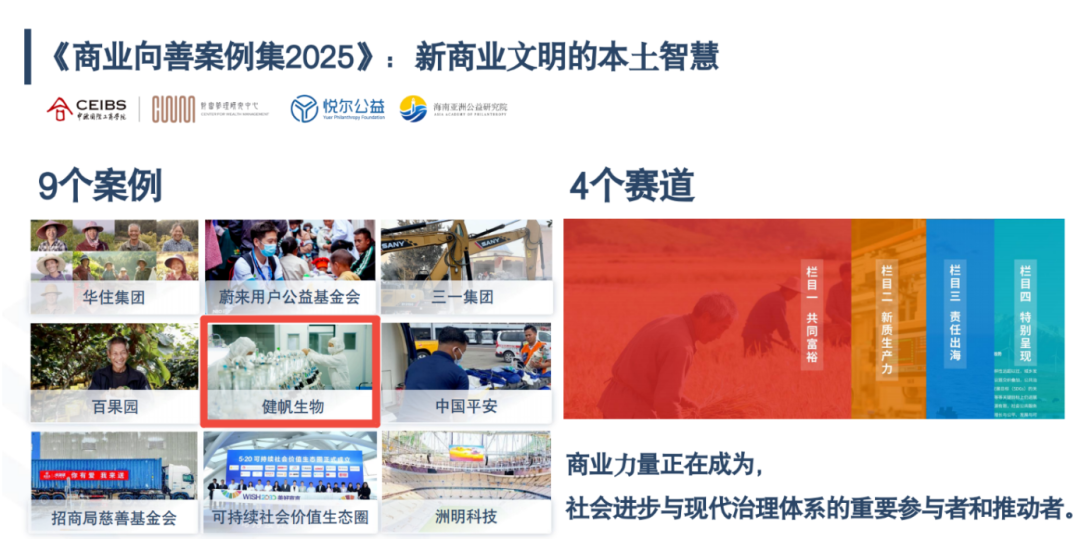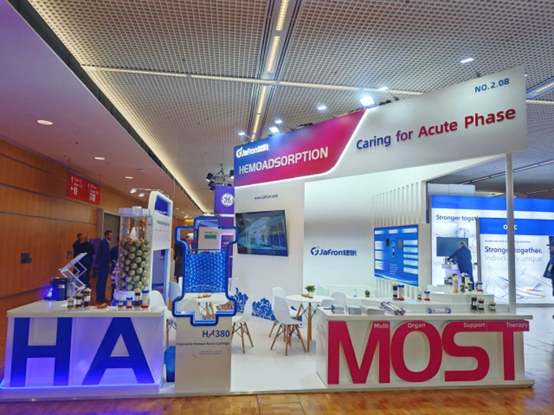HA130- Improve the quality of life for dialysis patients
Author:Aurora Date:2023-03-23
About CKD and Dialysis
Chronic kidney disease (CKD) is a progressive condition that affects >10% of the general population globally, amounting to > 800 million individuals. In the past 2 decades, CKD has emerged as one of the most prominent causes of death and represented a large burden, especially in low- and middle-income countries. [1][2] For most CKD patients, dialysis is a necessary treatment option because it can help to remove waste products and extra fluids in the body, keep safe mineral levels and regulate blood pressure. [3] According to statistical data, the number of dialysis patients is around 3.9 million globally, and, in 2030, the estimated number of these patients is expected to increase to between 5 and 10 million. [4] Dialysis is an essential procedure for CKD patients, however, there are still risks and side effects that accompany this treatment.
What are the side effects and limitations of dialysis?
The most common side effects of dialysis include low blood pressure, muscle cramps, itchy skin, difficulty sleeping, and malnutrition. [5] Those who undergo maintenance hemodialysis (MHD) treatment are also at risk of developing other medical problems, such as amyloidosis and even cardiac conditions. [6][7] These complications can occur because of the accumulation of middle to large molecules and protein-bound uremic toxins. For example, the elevation of plasma β2M level leads to amyloid deposition in bone marrow, which results in further joint pain, stiffness, and swelling. [6] Other protein-bound solutes, such as IS, Hcy, and pCS, have significant relation between concentration and cardiovascular events in dialysis patients. [7] Due to the limitations of hemodialysis (HD) or hemodiafiltration (HDF), these uremic toxins cannot be effectively removed. This is where Hemoadsorption treatment can play its role.

Modes to remove middle to large and protein-bound toxins.
Hemoperfusion therapy (HP) has been proven effective to remove serum β2-MG, and iPTH by hemoadsorption technology. [8] Clinically, HP with HA130 cartridges is recommended to use in series with HD or HDF. HA130 disposable hemoperfusion cartridge is filled with neutral macroporous resin with a target range of molecules from 5k to 30 kDa. The molecules are attracted by the huge adsorptive surface through accurate 3D macroporous structure, hydrophobicity, and van der Waals interaction when the blood circulates in contact with it. Therefore, when HA130 connects to HD, the aimed middle to large molecules, as well as protein-bound toxins can be removed from the blood. [8]
Other benefits of the HA130 cartridge
Apart from the efficacy of eliminating aimed uremic toxins, HA130 hemoperfusion therapy can also prevent MHD-related complications and improve patients’ quality of life. For example, applying HP+HD once a week could significantly relieve restless legs syndrome (RLS) and severe uremic pruritus, thus, improving the quality of sleep for MHD patients. [9] Moreover, the use of HP+HD extends the patients’ life year by 2.87 years and is cost-effective for patients with end-stage renal disease (ESRD). [10]
In summary, HA130 can remove middle to large uremic toxins and protein-bound toxins especially using a combined treatment mode with HD. HA130 can also help to release complications such as uremic pruritus, sleep disturbances, amyloidosis, RLS and so on. Therefore, HA130 hemoperfusion therapy is a promising treatment that can be used effectively to improve CKD patients’ quality of life and benefit their survival.
References
[1] GBD Mortality Causes of Death Collaborators Global, regional, and national age-sex specific all-cause and cause-specific mortality for 240 causes of death, 1990-2013: a systematic analysis for the Global Burden of Disease Study 2013. Lancet. 2015;385:117–171.
[2] Kovesdy CP. Epidemiology of chronic kidney disease: an update 2022. Kidney Int Suppl (2011). 2022 Apr;12(1):7-11. doi: 10.1016/j.kisu.2021.11.003
[3] National Kidney Foundation. Dialysis. Accessed March 20, 2023. https://www.kidney.org/atoz/content/dialysisinfo
[4] Peters F, Westphal C, Kramer A, Westerman R. Is the Rise in the Prevalence of Renal Replacement Therapy at Older Ages the Price for Living Longer? Front Public Health. 2018 May 4;6:138. doi: 10.3389/fpubh.2018.00138
[5] Cabrera VJ, Hansson J, Kliger AS, Finkelstein FO. Symptom Management of the Patient with CKD: The Role of Dialysis. Clin J Am Soc Nephrol. 2017 Apr 3;12(4):687-693. doi: 10.2215/CJN.01650216
[6] Scarpioni R, Ricardi M, Albertazzi V, De Amicis S, Rastelli F, Zerbini L. Dialysis-related amyloidosis: challenges and solutions. Int J Nephrol Renovasc Dis. 2016 Dec 7;9:319-328. doi: 10.2147/IJNRD.S84784
[7] Glorieux G, Tattersall J. Uremic toxins and new methods to control their accumulation: game changers for the concept of dialysis adequacy. Clin Kidney J. 2015 Aug;8(4):353-62. doi: 10.1093/ckj/sfv034
[8] Zhao D, Wang Y, Wang Y, et al. Randomized Control Study on Hemoperfusion Combined with Hemodialysis versus Standard Hemodialysis: Effects on Middle-Molecular-Weight Toxins and Uremic Pruritus [published online ahead of print, 2022 Aug 11]. Blood Purif. 2022;1-11. doi:10.1159/000525225
[9] Lu W, Jiang G; Shanghai HP-HD Consensus Group. Hemoperfusion in Maintenance Hemodialysis Patients [published online ahead of print, 2022 Aug 11]. Blood Purif. 2022;1-9. doi:10.1159/000525952
[10] Wang H, Jin H, Cheng W, et al. Cost-effectiveness analysis of hemodialysis plus hemoperfusion versus hemodialysis alone in adult patients with end-stage renal disease in China. Ann Transl Med. 2021;9(14):1133. doi:10.21037/atm-21-1100
















